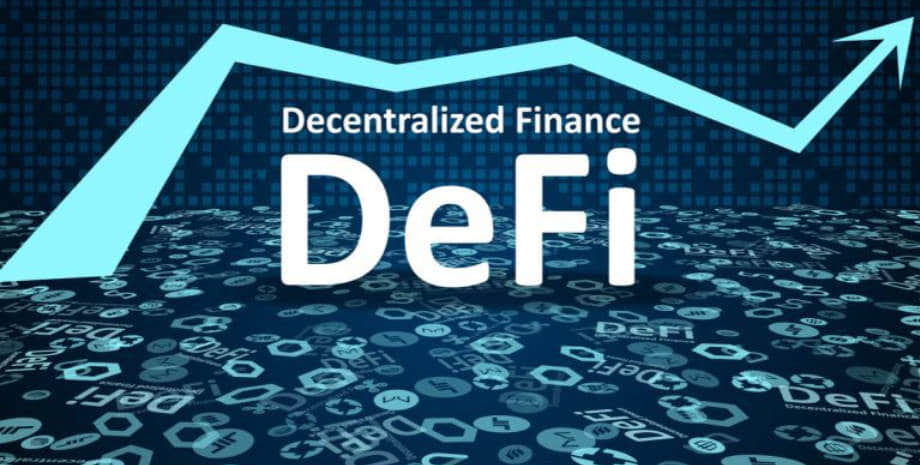Liu Lei, Deputy Director of the State Administration of Foreign Exchange Central Bank Digital Currency Will Have the Opportunity to Become a Broad Currency
Liu Lei, Deputy Director of China's State Administration of Foreign Exchange, Believes Central Bank Digital Currency has the Potential to Become a Widely Accepted Form of CurrencyAuthor: Lu Lei, Source: Xinhua News Agency Client
At the 2023 China (Beijing) Digital Financial Forum held recently, Lu Lei, Deputy Director of the State Administration of Foreign Exchange, shared his thoughts on the construction of the digital financial ecosystem in three aspects: the digitization of financial activities, the digitization of financial regulation, and the digitization of currency. He believes that the digitization of currency is the most difficult and challenging field. “The programmability of central bank digital currency provides innovative space for enriching central bank monetary policy tools, but it is also a common challenge faced by central banks worldwide.”
In terms of the digitization of financial activities, Lu Lei pointed out that in recent years, digital financial innovations such as mobile payments and NFTs (non-fungible tokens) have quickly emerged and developed, promoting the upgrading and transformation of traditional financial activities digitization, reducing transaction costs, and achieving more efficient demand identification and risk management. The development of digital inclusivity has also played a significant role in filling the gaps in the governance of financial institutions, improving the availability and coverage of financial services. This has improved the efficiency of financial resource allocation on the supply side and achieved fairness on the demand side. “This is the most market-driven and anticipated ecosystem element that everyone can observe.” Lu Lei said.
In terms of the digitization of financial regulation, Lu Lei expressed that empowering financial regulation with technology can effectively enhance the information identification, search, and matching capabilities of regulatory authorities. By classifying and identifying behaviors based on payment and accounts and identifying clues, it is possible to achieve seamless monitoring, regulatory compliance, full-process monitoring, and penetrative supervision. This has special advantages and great potential in enhancing regulatory effectiveness and minimizing the regulatory costs borne by economic entities, especially in the prevention and monitoring of systemic financial risks. This is an ongoing exploration and achievable ecosystem element.
- European regulators dive into DeFi risks as Uniswap makes a splash with its Android wallet A wild ride in the world of Finance Redefined!
- GMX The Unstoppable Trading Protocol Scoops the Largest Slice of $40M Arbitrum Grant Bonanza
- Uniswap Takes Crypto Trading Mobile Android Users Rejoice with Decentralized Wallet!
In recent years, the Foreign Exchange Administration has also made some beneficial explorations in promoting digitalization in regulation and services. They have built a cross-border financial services platform, which provides convenience for trade financing for small and medium-sized enterprises relying on blockchain technology. They have strengthened the construction of “digital foreign exchange management” by establishing the National Foreign Exchange Data Judgment Center, promoting the collection of foreign exchange risk transaction reports, and continuously improving the level of digital and intelligent non-on-site supervision, with the aim of minimizing the cost of on-site supervision as much as possible.” Lu Lei explained.
In terms of currency digitalization, Lu Lei believes that the essence of all financial activities is intertemporal transactions, with currency and interest rates at the core. In the existing model, central bank digital currency (CBDC) is mainly positioned as cash-like payment vouchers (M0) that are interest-free and high-energy currency. Assuming programmability based on digital currency, if smart contracts regarding interest rates are added to central bank digital currency, it has the opportunity to become broad money (M2). “We hope that the exploration by the Digital Currency Research Institute can achieve the adjustment of central bank digital currency interest rates and fulfill macroeconomic regulation goals.” Lu Lei said.
“Another challenge is in the field of cross-border payments,” said Lu Lei. He pointed out that traditional bilateral agency models for cross-border payments still face issues such as inefficiency, high costs, lack of transparency, and insufficient coverage. By leveraging central bank digital currencies to build a flat cross-border payment network, we can achieve secure, convenient, and inclusive payments. Currently, China’s participation in the Multi-CBDC Bridge project has made significant breakthroughs and progress. From the current perspective, computing power and artificial intelligence can change the world and will likely transform the financial ecosystem.
“Of course, we need to always maintain a focus on risks, especially non-traditional risks brought by technological innovations to the financial industry,” emphasized Lu Lei. The application of digital technologies in the financial sector may pose challenges related to information trust, privacy protection, data gaps, and financial exclusion. High-frequency intelligent trading may have correlations with financial market volatility, which is also worthy of attention and research.
In addition, Lu Lei’s analysis suggests that decentralized finance (DeFi), especially token-based digital currencies based on blockchain and distributed ledger technology (DLT), are weakly coupled with bank accounts and can directly facilitate peer-to-peer transactions. This creates a situation where funds do not necessarily have to flow through the banking system for cross-border transfers, blurring the boundaries of cross-border funds. Clearly, this will increase the difficulty of managing cross-border fund flows and ensuring the authenticity of cross-border transactions. “These are all issues that need to be researched in order to build a digital ecosystem,” said Lu Lei. (Reporters, Zhang Mo and Li Yuyu, Beijing)
We will continue to update Blocking; if you have any questions or suggestions, please contact us!
Was this article helpful?
93 out of 132 found this helpful
Related articles
- How to efficiently extract and apply semantic information from on-chain transactions
- What can we learn from the perspective of cryptocurrency investment in the third quarter of 2023?
- Evolution of lending application architecture on Ethereum Comparing MakerDAO, Yield, Aave, Compound, and Euler.
- Scaling Bitcoin: BitVM to the Rescue?
- The Uniswap Saga Continues: Android Users Rejoice!
- Mysterious Riddles and Russian Rabble-Rousers: The FTX Heist Unveiled!





